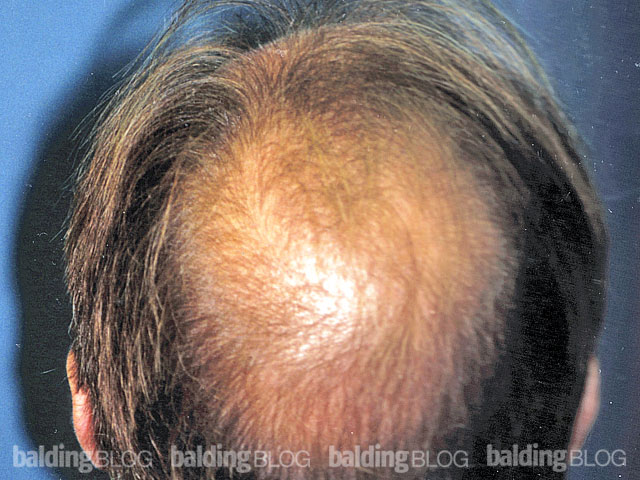I am trying to find great hairline work. The pictures on your site can’t get me excited. What can I do to get to a realistic expectation and become comfortable?

For the readers that are not familiar, the photos that are being referenced are located here — New Hair Institute – Patient Photo Galleries.
You are looking for a perfect hairline. I would love to know what your problems are with the posted photos. If it is that the density is not what it originally was, it is possible that we did not try to get to the original density (most patients require more area to be transplanted so achieving the original density is not in the cards). Some patients have their own mind made up as to what they want and I almost always do what they want, not what I think is best. I am not super selective on the patients I show on the site, for if I were, I would not show so many patients and only show those who had their original densities restored. All of the posted patients were happy with their hairlines and they allowed us to show off their photos (even for those that do not allow their face to show). I try not to pick out just the best of the best — I want to be honest and give a clear idea of what is possible. If the patients were not happy, they wouldn’t sign the photo release to allow us to show off their hair.
The posted photos may give you an idea of how a natural hairline looks after hair transplant, but the pictures lose the impact of the difference in hair textures that people have. There are a subset of patients who I would challenge anyone to detect anything but a natural appearing, non-transplanted hairline (even to the experienced eye), and some of these patients routinely show up at our open house events. They come to challenge even the most discriminating prospective patients who attend. If it is feasible for you, you can attend one of our monthly open house events at our Los Angeles office. This will give you the chance to meet with some of our previous patients and will allow you to examine our results very closely. I strongly suggest you do this, because pictures just don’t tell the whole story. It is not unusual for us to have 10+ patients show up to demonstrate their results in our Los Angeles open house.
If you have any other questions I will be glad to answer them by email or in person. I look forward to meeting you soon.







